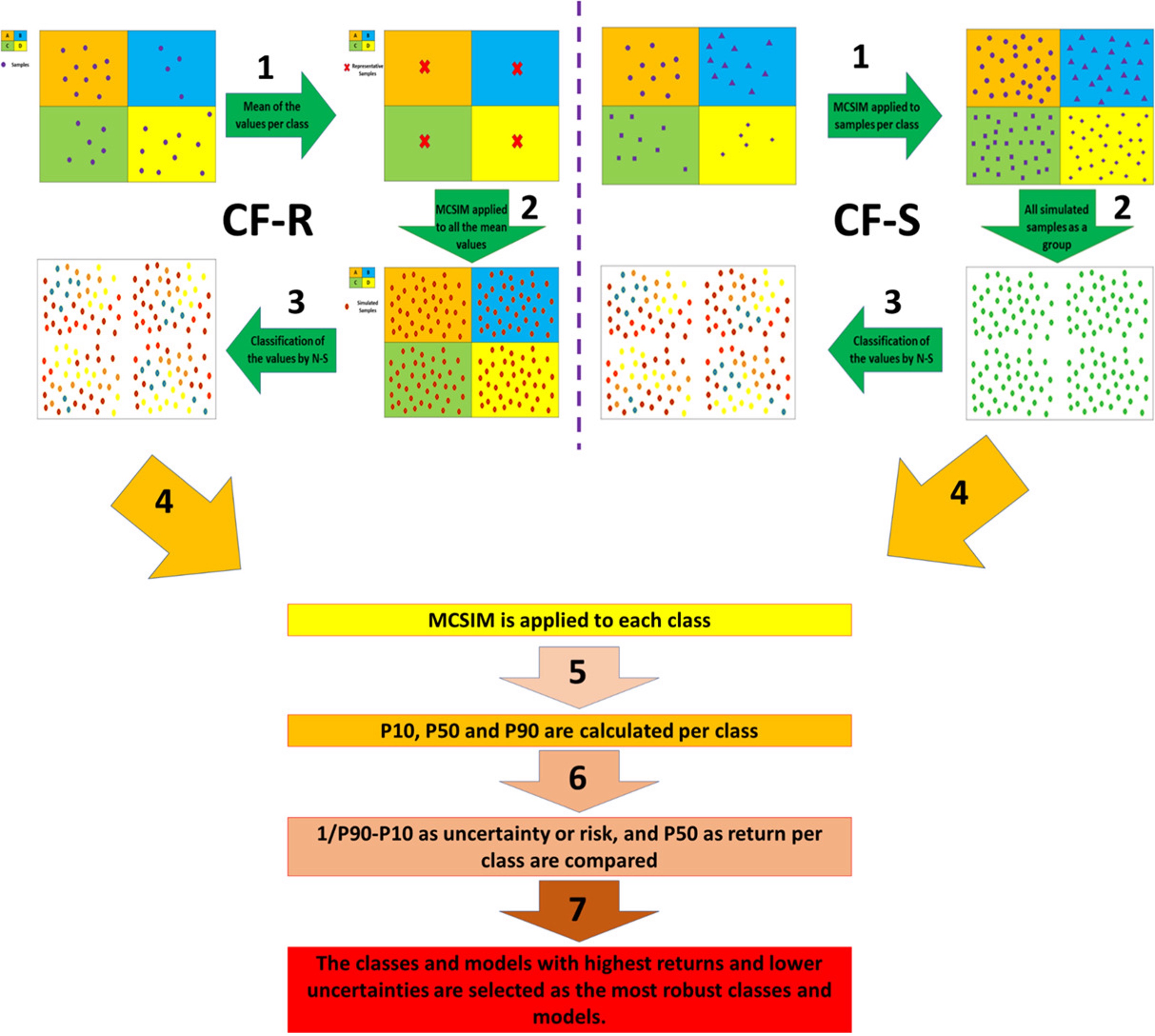Category-based fractal modelling: A novel model to integrate the geology into the data for more effective processing and interpretation
Dr. Behnam Sadeghi and his PhD supervisor, Prof. David Cohen, has published another paper in Journal of Geochemical Exploration. This paper is based on his PhD thesis. In this research, they have proposed two novel fractal models, as category-based models, to integrate the geology (e.g., relevant host rocks) into the data (enough number of samples or scarce), directly, for more effective geochemical anomaly classification & interpretation. As a case study, they have applied their developed methods to the till samples collected by Geological Survey of Sweden from throughout of Sweden, then quantified the uncertainty of each anomaly class defined by each model.

Abstract
Parent lithology exerts a major influence on the associated regolith geochemistry and affects the setting of population or domain boundaries. In regional geochemical mapping and anomaly detection, a lack of samples pertaining to one or more key lithologies may results in interpolation errors. Such errors can be addressed via category-based fractal modelling to characterise different background and anomalous populations by taking both error propagation and geochemical data values into account. Such geochemical anomaly classification models have been developed using Monte Carlo simulation (MCSIM) within a given lithological domain to provide estimates of population breaks. Two types of category-based fractal models used are (i) related lithological groups representative samples where there is an adequate number of samples derived from a given lithological or geological domain, and (ii) related lithological groups whole samples and a group of Gaussian simulated samples regenerated based on the mean and standard deviation of the available samples per lithological group. Both models were applied to VMS-related element concentrations in the low-density till geochemical mapping of Sweden following centred log-ratio (clr) transformation. Compared with the concentration-area fractal model the category-based fractal models provided more reliable estimates for population thresholds and identification of anomalous classes.
Full link to the paper is https://www.sciencedirect.com/science/article/pii/S0375674221000613?dgcid=author
![]()
